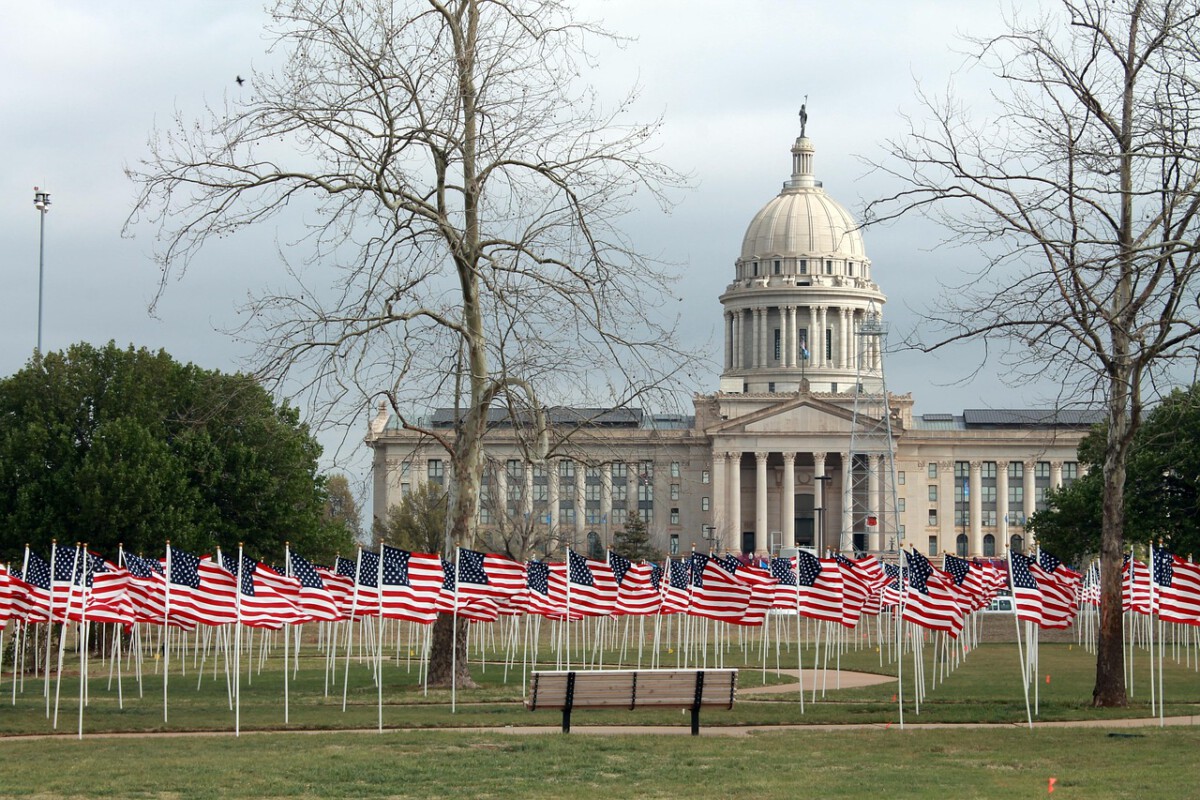The Articles of Confederation Crisis

America in the 1780s was falling apart at the seams. Just a few years after the Revolutionary War, James Madison, Alexander Hamilton, and George Washington feared their young country was on the brink of collapse. The Articles of Confederation, essentially a loose “league of friendship” between independent states, couldn’t handle basic tasks like collecting taxes or managing trade disputes.
Picture trying to run a business where every partner could veto any decision and refuse to pay their share of expenses. That’s exactly what the founders were dealing with. By 1786, defects in the post-Revolutionary War Articles of Confederation were apparent, such as the lack of central authority over foreign and domestic commerce. The nation desperately needed something stronger, but nobody knew if they could pull it off.
A Secret Summer in Philadelphia

The Constitutional Convention assembled in Philadelphia in May of 1787. The delegates shuttered the windows of the State House and swore secrecy so they could speak freely. What was supposed to be a simple tune-up of the Articles turned into something far more radical. By mid-June, these men had decided to throw out the old government entirely and start from scratch.
The debates were fierce and sometimes bitter. One of the fiercest arguments was over congressional representation—should it be based on population or divided equally among the states? The framers compromised by giving each state one representative for every 30,000 people in the House of Representatives and two representatives in the Senate. Even slavery became a contentious issue that nearly derailed everything. On September 17, 1787, 38 delegates signed the Constitution. George Reed signed for John Dickinson of Delaware, who was absent, bringing the total number of signatures to 39.
The Ratification Gamble

Signing the Constitution was just the beginning of an even bigger challenge. The founders set the terms for ratifying the Constitution. They bypassed the state legislatures, reasoning that their members would be reluctant to give up power to a national government. Instead, they called for special ratifying conventions in each state. Ratification by 9 of the 13 states enacted the new government.
This was a huge gamble. The founders were asking ordinary citizens in state conventions to approve a completely new form of government. Some states seemed like easy wins, while others looked like they’d fight the Constitution tooth and nail. The real battle wasn’t in Philadelphia anymore – it was in living rooms, taverns, and meeting halls across America.
Early Victories Build Momentum

Beginning on December 7, five states—Delaware, Pennsylvania, New Jersey, Georgia, and Connecticut—ratified it in quick succession. Delaware was the first, voting unanimously without much debate. These smaller states saw the Constitution as protection against being bullied by larger neighbors like Virginia and New York.
Pennsylvania’s ratification got messy though. When the Federalist-dominated Pennsylvania assembly lacked a quorum on September 29 to call a state ratifying convention, a Philadelphia mob, in order to provide the necessary numbers, dragged two anti-Federalist members from their lodgings through the streets to the State House where the bedraggled representatives were forced to stay while the assembly voted. Democracy in action, apparently. Still, led by Wilson, Federalists dominated in the Pennsylvania convention, carrying the vote on December 12 by a healthy 46 to 23.
Massachusetts Changes Everything

Massachusetts became the first real test of Federalist strength. The Massachusetts Convention, the largest of any state, convened in January 1788. Massachusetts presented Federalists with their first formidable challenge. The 364 representatives seemed at the outset likely to reject the Constitution. Anti-Federalists raised serious concerns about the lack of a Bill of Rights and worried about giving too much power to a faraway federal government.
The breakthrough came when the revolutionary leader, John Hancock, elected to preside over the Massachusetts ratifying convention but unable to make up his mind on the Constitution, took to his bed with a convenient case of gout. Later seduced by the Federalists with visions of the vice presidency and possibly the presidency, Hancock, whom Madison noted as “an idolater of popularity,” suddenly experienced a miraculous cure and delivered a critical block of votes. The “Massachusetts Compromise” promised that amendments would be added after ratification. On February 6, withFederalists agreeing to recommend a list of amendments amounting to a bill of rights, Massachusetts ratified by a vote of 187 to 168.
New Hampshire’s First Failure

Fresh off their Massachusetts victory, Federalists felt confident about New Hampshire. Langdon wrote George Washington on November 6, 1787, “I have not heard a single person object to the plan & very few find fault even with a single sentence, but all express their greatest desire to have it establish’d as soon as may be.” They scheduled the ratifying convention for February 1788, thinking it would be an easy win.
Boy, were they wrong. Anti-Federalists were forced to react but they succeeded—by arguing that the new Constitution endangered popular liberties—in securing elections of many known ratification opponents to the convention. Just as important, twenty-six towns who opposed ratification sent their representatives with instructions to vote “No.” Only four towns instructed their delegates to vote in favor. A week into the convention, Federalists counted heads and feared they were behind and would lose if a vote were taken. Seeking to save face and buy more time, they invoked their contingency plan and carried a vote to adjourn the convention by 56-51. The meeting would resume in mid-June and be held at Concord.
The Shocking Adjournment

Delegates who gathered at the state convention in February 1788 met for only a week before suddenly adjourning—a decision that sent shock waves around the country and dismayed Federalists everywhere. This wasn’t supposed to happen. New Hampshire was supposed to be safe Federalist territory.
The adjournment damaged the Federalist cause nationwide. The surprising development did huge damage to the cause. New York’s governor, George Clinton came out as an ardent opponent of the Constitution. Opposition also gained steam in Pennsylvania and Virginia. George Washington was watching nervously from Mount Vernon, wondering if his life’s work was about to crumble.
The Vote That Almost Never Happened

By June 1788, the Constitution’s fate hung by a thread. New Hampshire was 52-52, Virginia was 84-84, and New York was 19 in favor and 46 against by what today we might call “entrance polls.” It was going to be an extremely close call. When New Hampshire’s convention reconvened in June, nobody could predict the outcome.
Sullivan and Langdon had counted votes carefully. They persuaded four Federalists to stay away from the Constitutional Convention because their towns bound them to oppose ratification. This strategic move was crucial – they literally kept their own supporters away so those delegates wouldn’t have to vote against their conscience while following their town’s instructions. Ninety of the 113 delegates showed up on the first day, June 18, 1788, at Concord’s Old North Meeting House. By the second day, 107 delegates were present. When Maj. Joseph Kimball of Plainfield, a supporter, arrived on the third day, Langdon and Sullivan decided to go for it. They knew four of the five still-absent delegates opposed ratification, and they might show up at any moment.
The Crucial Compromise

Learning from Massachusetts, New Hampshire Federalists knew they needed to offer amendments to win over skeptics. Since proposed amendments had won the day in Massachusetts, John Langdon headed a committee to propose New Hampshire’s own amendments. They were the same as those in Massachusetts, but New Hampshire added three: there was to be no quartering soldiers in private houses; no laws touching religion; no disarming of citizens.
The delegates proposed twelve amendments to be considered in order to “remove the fears and quiet the apprehensions of many of the good people of this state and more effectually guard against an undue administration of the federal government.” Included among those twelve amendments were several now familiar notions: no quartering a soldier, the right to a trial by jury, that there should be one representative to every thirty thousand people, and freedom of religion. These very ideas would become established in the Bill of Rights a year later.
The Decisive Moment

A motion was made on June 20 and adopted June 21 that the Constitution be adopted and that the amendments reported by the committee be recommended to Congress. The tension in Concord’s Old North Meeting House must have been unbearable as delegates prepared to vote on the future of America.
Ratification narrowly passed 57-47 on June 21, 1788. With its ninth ratification, the Constitution was officially in effect. Just think about that margin for a moment. If only five delegates had switched sides, New Hampshire would have rejected the Constitution. The entire American experiment could have collapsed right there in that meeting house.
The Ripple Effect

New Hampshire’s ratification sent shockwaves across the nation. News traveled slowly in those days. Virginia was already celebrating its own ratification with cannon fire, banquets and toasts. Then an express rider arrived at Mount Vernon before dawn with the surprising news that New Hampshire had ratified the Constitution. George Washington attended a stag dinner at John Wise’s Fountain Tavern to celebrate.
The psychological impact was enormous. Four days later, Virginia ratified the Constitution. New York would follow in a month. These crucial large states might not have ratified if New Hampshire hadn’t broken the dam first. Both ratified the Constitution by small margins within a week after New Hampshire. The close vote in New York emphasizes how vital the Federalist Papers’ arguments about the benefits of the Constitution were to ratification.
The Final Holdouts

Even with nine states on board, the Constitution wasn’t truly secure until all the major players joined. The final vote was 89-79, so that if 5 votes out of 168 had swung the other direction, Virginia would have rejected the Constitution. New York was even closer, ratifying by just three votes.
Rhode Island proved to be the most stubborn holdout. Rhode Island, which opposed federal control of currency and was critical of compromise on the issue of slavery, resisted ratifying the Constitution until the U.S. government threatened to sever commercial relations with the state. On May 29, 1790, Rhode Island voted by two votes to ratify the document, and the last of the original 13 colonies joined the United States. Even then, it took threats of economic isolation to bring them around.
The Constitution Takes Effect

After ratification, Congress set dates for the first federal elections and the official implementation of the Constitution. Elections were set to take place from Monday, December 15, 1788, to Saturday, January 10, 1789, and the new government was set to begin on March 4, 1789. In the nation’s first presidential election, George Washington was elected President and John Adams was elected Vice President.
The promise of a Bill of Rights had to be kept. Madison introduced 17 amendments to the Constitution born from the Massachusetts Compromise, of which Congress adopted twelve on September 25, 1789, to send forth to the states for ratification. Ten of those amendments, known as the Bill of Rights, were ratified on December 15, 1791. Those New Hampshire amendments about religious freedom and quartering soldiers? They became the First and Third Amendments to the Constitution.
The Legacy of One Vote

New Hampshire’s ratification by just ten votes literally saved the Constitution and created the United States as we know it. Today the U.S. Constitution is the oldest written constitution in operation in the world. That’s a pretty impressive legacy for a document that almost died in a small meeting house in Concord.
The margin was so close that individual decisions mattered enormously. Those four Federalist delegates who stayed home rather than vote against their towns’ instructions? The few Anti-Federalists who changed their minds because of the promised amendments? Each choice rippled through history. New Hampshire’s honorable place in national history is even enshrined in the address of the State Archives: 9 Ratification Way.
What If New Hampshire Had Said No?

Without New Hampshire’s ninth vote, the Constitution would have remained a dead letter. Virginia and New York were still debating, and both were deeply divided. If New Hampshire had rejected the Constitution, it likely would have given Anti-Federalists in those crucial states the momentum they needed to kill the whole project.
America might have remained a loose confederation of squabbling states, probably breaking apart within decades. The Louisiana Purchase, the Civil War’s preservation of the Union, America’s rise to world power – none of it would have happened the same way. One vote in a New Hampshire meeting house changed the entire trajectory of world history. Makes you think about how much individual choices really matter, doesn’t it?




